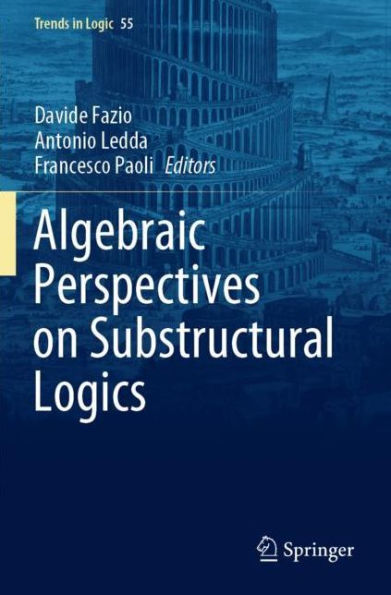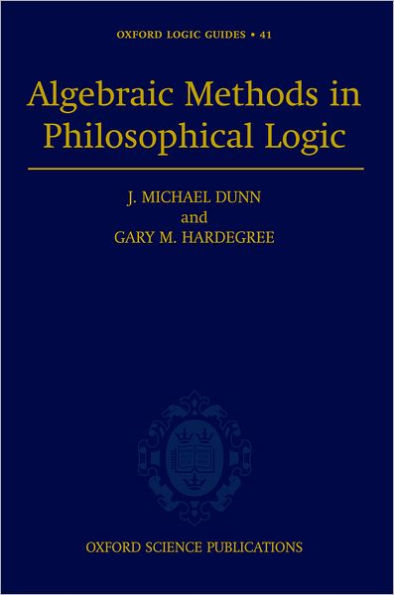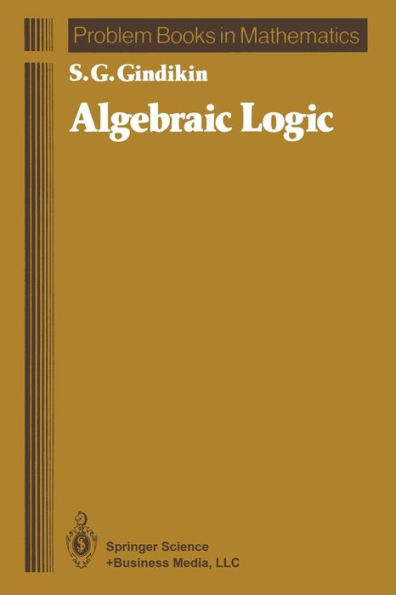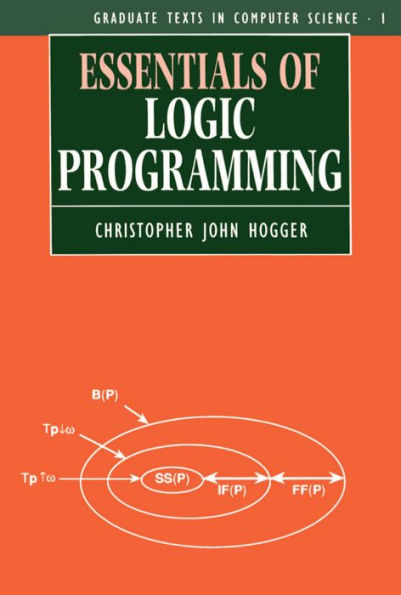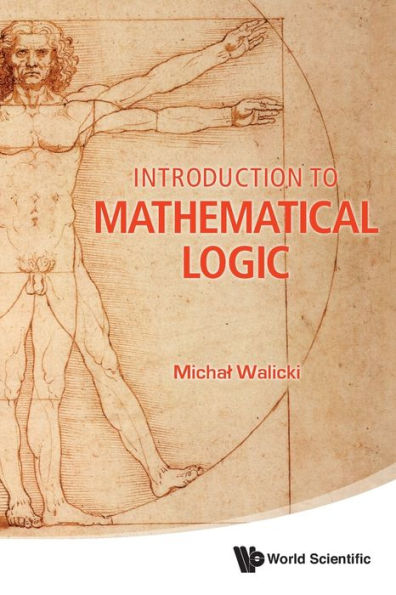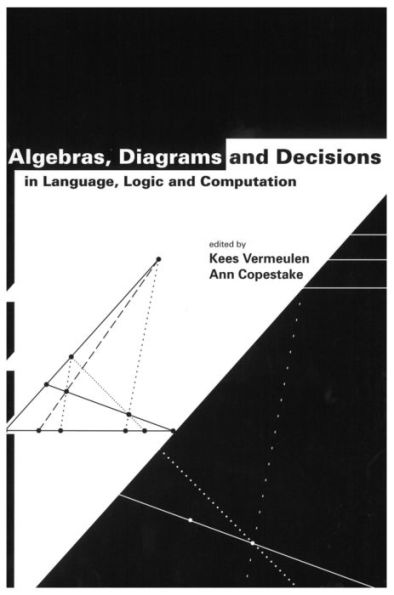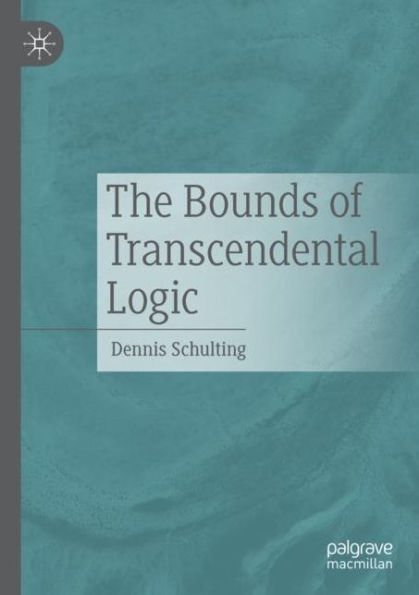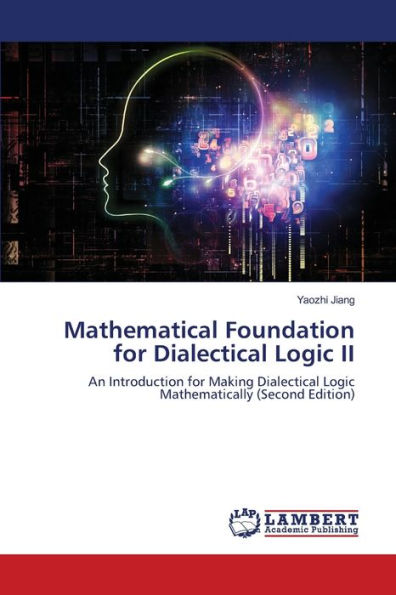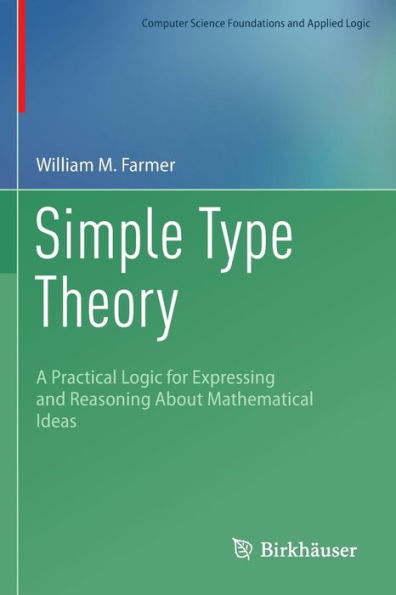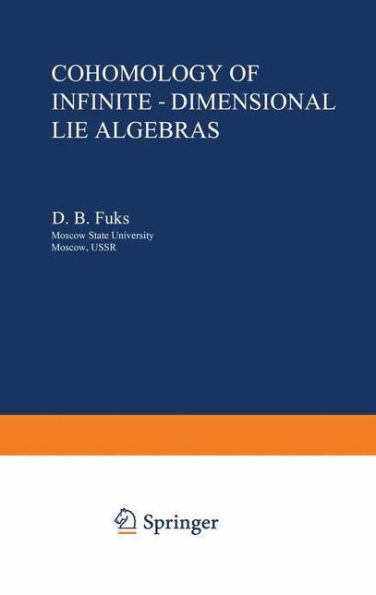Home
The Algebra of Intensional Logics


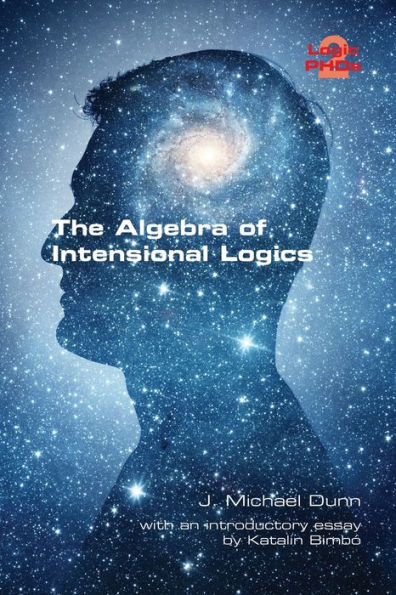
The Algebra of Intensional Logics
Current price: $18.00
Loading Inventory...
Size: OS
J. Michael Dunn's PhD dissertation occupies a unique place in the development of the algebraic approach to logic. In
, Dunn introduced De Morgan monoids, a class of algebras in which the algebra of
(the logic of relevant implication) is free. This is an example where a logic's algebra is neither a Boolean algebra with further operations, nor a residuated distributive lattice. De Morgan monoids served as a paradigm example for the algebraization of other relevance logics, including
, the logic of entailment and
ingle (
), the extension of
with the mingle axiom.
De Morgan monoids extend De Morgan lattices, which algebraize the logic of first-degree entailments that is a common fragment of
and
. Dunn studied the role of the four-element De Morgan algebra
in the representation of De Morgan lattices, and from this he derived a completeness theorem for first-degree entailments. He also showed that every De Morgan lattice can be embedded into a 2-product of Boolean algebras, and proved related results about De Morgan lattices in which negation has no fixed point. Dunn also developed an informal interpretation for first-degree entailments utilizing the notion of aboutness, which was motivated by the representation of De Morgan lattices by sets.
Dunn made preeminent contributions to several areas of relevance logic in his career spanning more than half a century. In proof theory, he developed sequent calculuses for positive relevance logics and a tableaux system for first-degree entailments; in semantics, he developed a binary relational semantics for the logic
. The use of algebras remained a central theme in Dunn's work from the proof of the admissibility of the rule called γ to his theory of generalized Galois logics (or &‘grave;gaggles''), in which the residuals of arbitrary operations are considered. The representation of gaggles---utilizing relational structures---gave a new framework for relational semantics for relevance and for so-called substructural logics, and led to an information-based interpretation of them.
